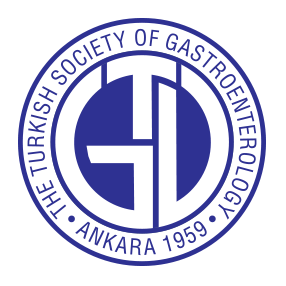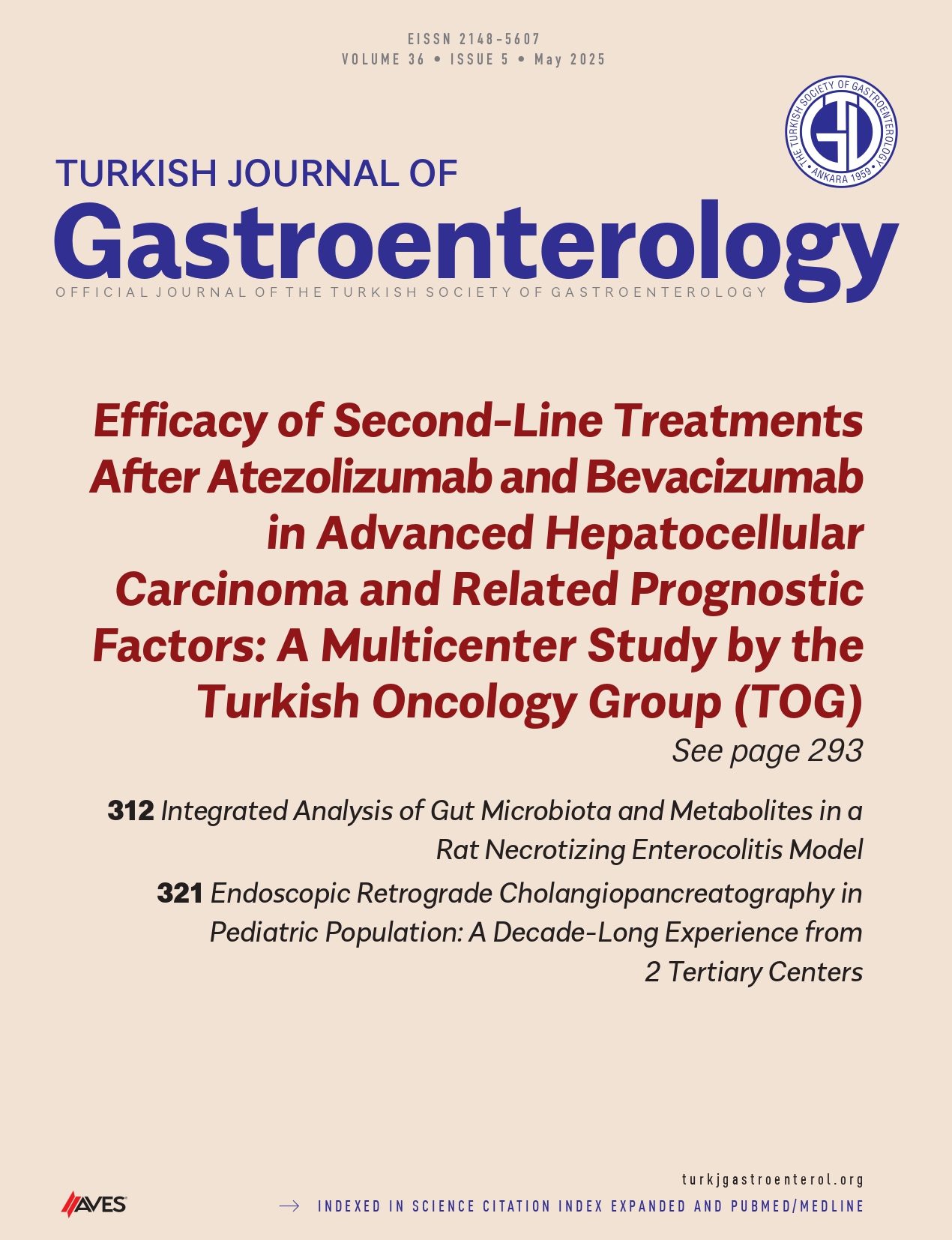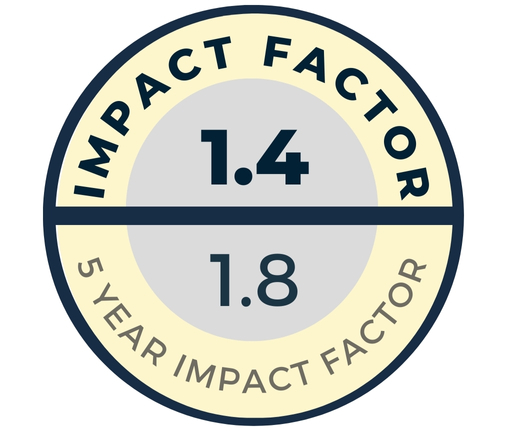Background/Aims: Necrotizing enterocolitis (NEC) is a critical gastrointestinal emergency in newborns, characterized by mucosal damage, gut microbial dysbiosis, and inflammation. This study aimed to identify differential gut microbiota and metabolites in NEC and examine their correlations.
Materials and Methods: A rat model of NEC was established using hypoxia–hyperoxia and cold stress. Histopathological analysis, liquid chromatography–mass spectrometry, and 16S rDNA sequencing were used to analyze intestinal contents and tissues. Proinflammatory cytokine concentrations were measured via enzyme-linked immunosorbent assay.
Results: Necrotizing enterocolitis rats exhibited significant intestinal damage, including hemorrhage, edema, necrosis, and inflam-matory infiltration (P < .05). Correlation analysis revealed strong associations between specific microbiota (e.g., Lactobacillus and Morganella) and metabolites, suggesting their involvement in NEC pathogenesis (P < .05). Furthermore, NEC rats had elevated proin- flammatory cytokine levels, including interleukin-1β, tumor necrosis factor-α, and interleukin-6 (P < .05).
Conclusion: This study successfully established a rat model of NEC, highlighting key microbiota–metabolite correlations and increased proinflammatory cytokines, providing insights into NEC pathogenesis and potential therapeutic targets.
Cite this article as: Lai P, Wang D, Li X. Integrated analysis of gut microbiota and metabolites in a rat necrotizing enterocolitis model. Turk J Gastroenterol. Published online January 20, 2025. doi 10.5152/tjg.2025.24451.





.png)